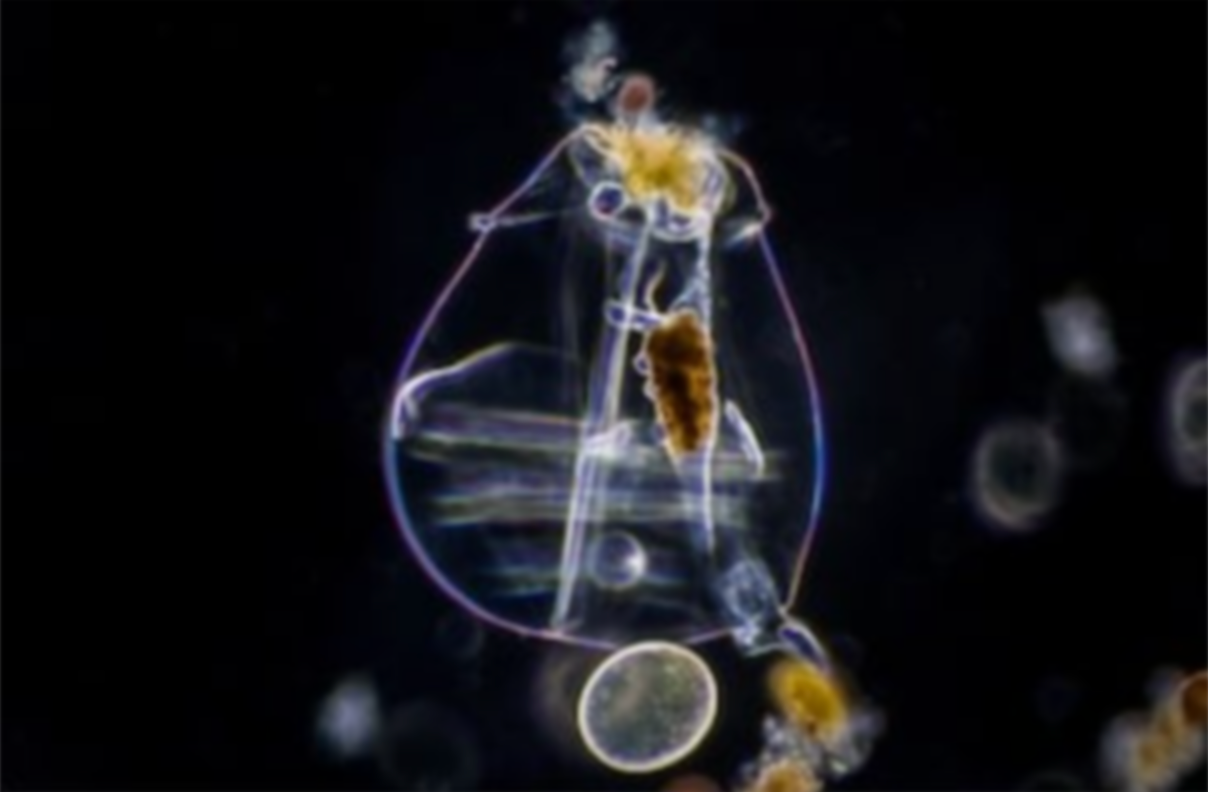BFCM 30% OFF ALL LIVE FEEDS
Every live feed is 30% off—Tisbe, Apocyclops, Rotifers, Phyto, and more. Limited-time BFCM deal!

A Brief Overview
Rotifers are some of the strangest animals on earth. ‘Rotifers’ is a loose term referring to an entire phylum of ‘wheel animals’. All rotifers possess a wheel-like corona which can be used for feeding and moving around. Besides this wheel feature, rotifers are EXTREMELY diverse with some being free swimming while others attach to surfaces. For the most part, rotifers have not been well studied despite the fact that they play an important functional role in most aquatic ecosystems.
To be clear, when we say rotifer...we are talking about the free-swimming Brachionus plicatilis. This species was first domesticated in China during its early Blue Revolution1. Because it was so useful, it was soon cultured throughout the world, feeding everything from sea bass larvae to Acropora.
Brachionus plicatilis (rotifers) is ideal for aquaculture and remains and live feed staple because:
It’s this last point that is so vital to properly utilizing rotifers. Rotifers themselves are like a cookie... nutritionally worthless more or less. However just like a cookie, they are irresistible to even the most finicky feeder. So when they are gut-loaded with Isochrysis ’ Golden Fats, they vehicle all that nutrition directly into your critter of choice. This is an awesome trick for ensuring more difficult species get all the nutrition they need, especially for non filter-feeders which cannot directly consume microalgae.
How to Effectively Gut-Load Your Rotifers
Rotifers are delicious spaceships of nutrition. Their greatest utility is being extremely desirable to a wide array of predators. Because of this, they can be used to deliver shockwaves of nutrition to even the most difficult to feed critters. Because of their adaptive anatomy, they will survive in your aquarium--consuming algae--until their work is done. However this hardly takes long...as they are just so darn delicious.
1 (1960--present) Period of formalizing the industrialization of aquaculture and greater utilization of aquatic resources.